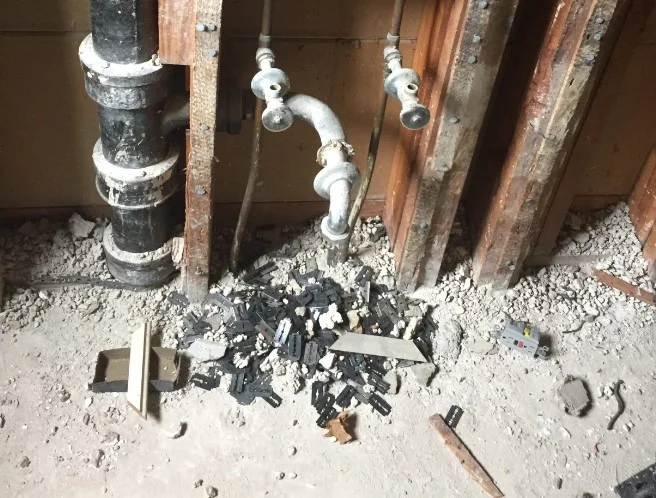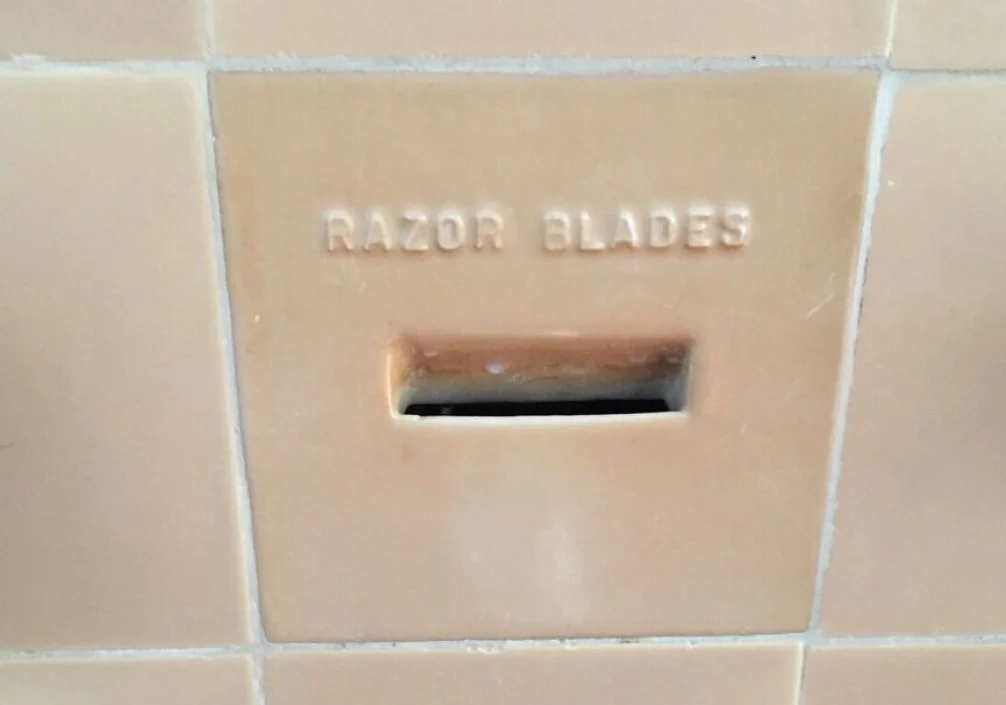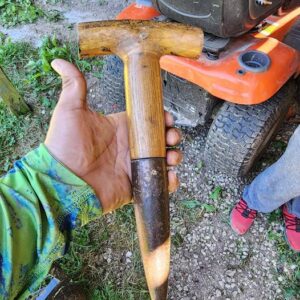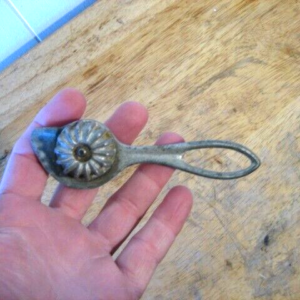Have you ever wondered what secrets your old house might be hiding? Well, buckle up because we’re about to take you on a wild ride into the mysterious world of razor blades in walls! Yes, you read that right. If you live in an old house, there’s a chance that lurking behind your walls are hidden treasures of the sharp variety.
Now, before you start ripping down your wallpaper or tearing apart your drywall, let’s delve into the fascinating history behind this peculiar phenomenon.

What is a Safety Razor?
A safety razor is a shaving tool designed for a safer and more comfortable shaving experience. It consists of a handle and a replaceable blade. Unlike disposable razors with multiple blades, a safety razor typically has a single sharp blade that is held in place by a protective housing or guard. This design minimizes the risk of cuts and skin irritation while providing an efficient and close shave.
The concept of a safety razor was first introduced in the late 19th century as an improvement over traditional straight razors. Straight razors required skillful handling and were prone to causing accidents and injuries. The safety razor revolutionized the shaving industry by incorporating safety features that reduced the risk of cuts and made shaving more accessible to the general public.
The phenomenon of finding old razor blades embedded in the walls of houses has been reported in some older buildings, particularly those constructed in the early to mid-20th century. The discovery of these hidden blades can be puzzling, but there is a logical explanation behind it.

During the early 1900s, when safety razors were becoming increasingly popular, some manufacturers encouraged users to dispose of used blades by inserting them into the walls of their homes. This practice was considered a convenient and safe method of disposal at the time. People would often find a small slot or opening in the bathroom wall, usually near the shaving area, where they could conveniently drop their used blades.
The idea behind this disposal method was that the blades would be safely contained within the walls, preventing any accidental injuries to occupants or waste workers. It was believed that the walls would act as a barrier, concealing the blades and keeping them out of harm’s way.
As houses underwent renovations or when walls were eventually demolished, these hidden blades resurfaced, surprising homeowners and construction workers alike. This discovery often raises questions about the history of the building and provides a glimpse into past practices and trends.
But fear not, dear reader! Although the idea of razor blades concealed within your walls may sound like a nightmare, the truth is that the risk of encountering them is relatively low. And even if you do, they’re not likely to pose a serious threat. After all, time has a way of dulling the sharpest blades, and these forgotten relics have been sitting idle for decades.

In fact, stumbling upon a hidden stash of razor blades can be quite exciting! It’s like unearthing a piece of history and getting a glimpse into the lives of those who came before you. Plus, it makes for a great conversation starter at your next dinner party. “Oh, these old things? Just some razor blades we found while renovating the house. No big deal.”
Of course, if you do decide to embark on a renovation adventure and stumble across a cache of razor blades, it’s always a good idea to exercise caution. Use heavy-duty gloves and handle them with care. Dispose of them properly to ensure the safety of anyone who may come into contact with them in the future.
So, dear homeowner, as you go about your day-to-day life in your charming old abode, remember that there may be hidden surprises lurking behind those walls. Living in an old house is like living in a time capsule. Who knows what other oddities and curiosities await your discovery? Perhaps a hidden love letter, a forgotten family photo, or even a long-lost treasure map! The possibilities are endless.



